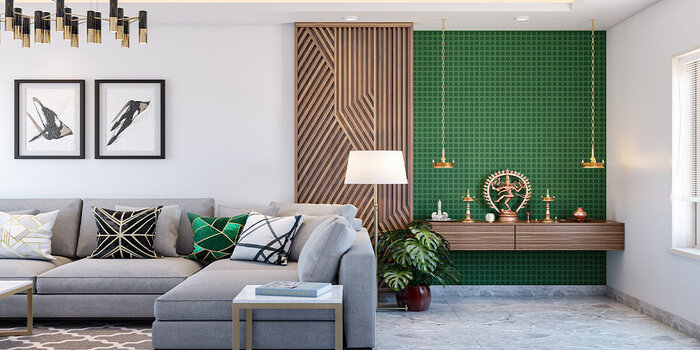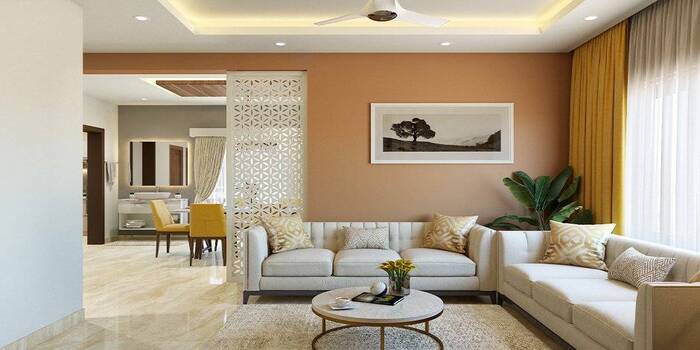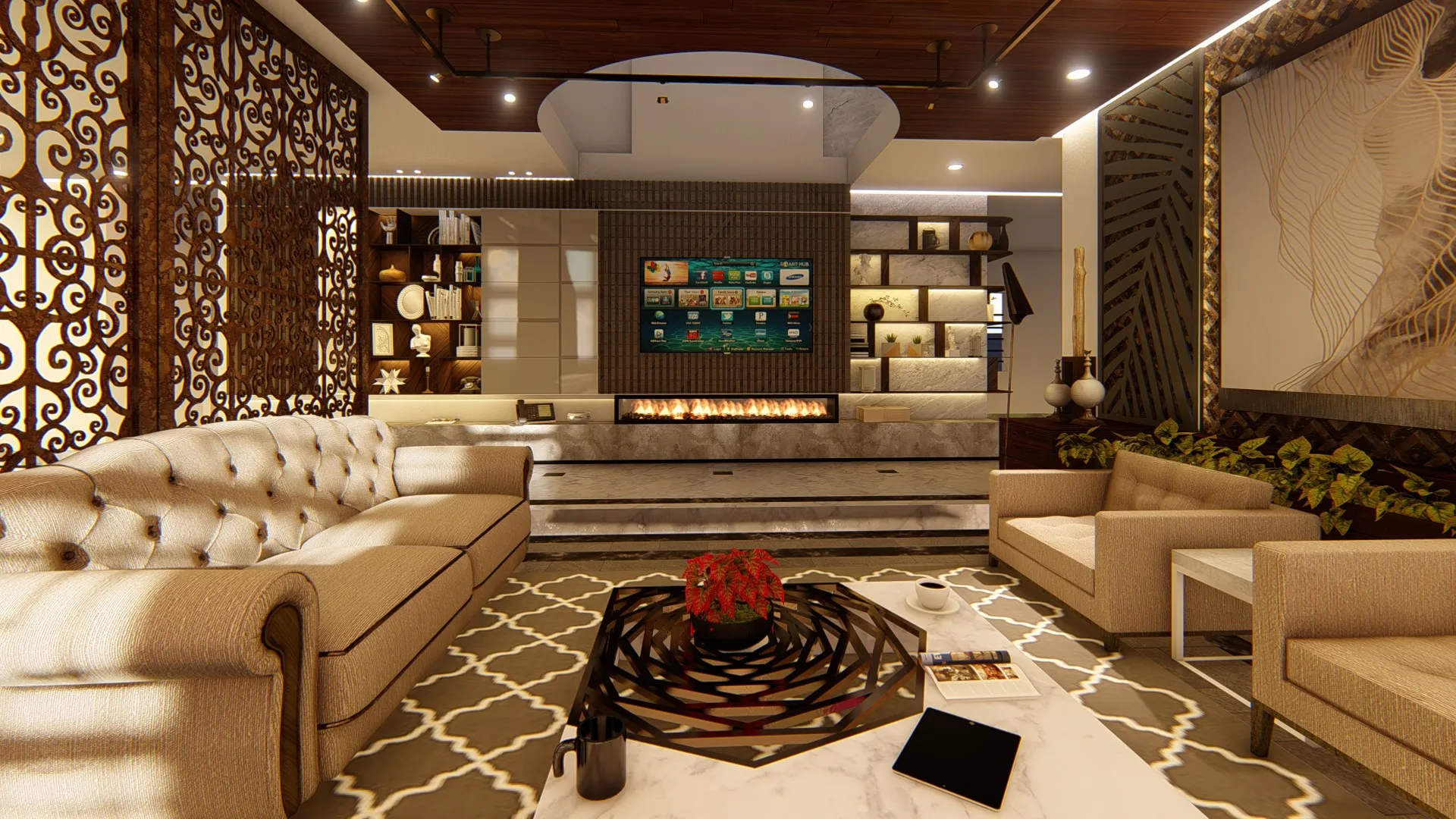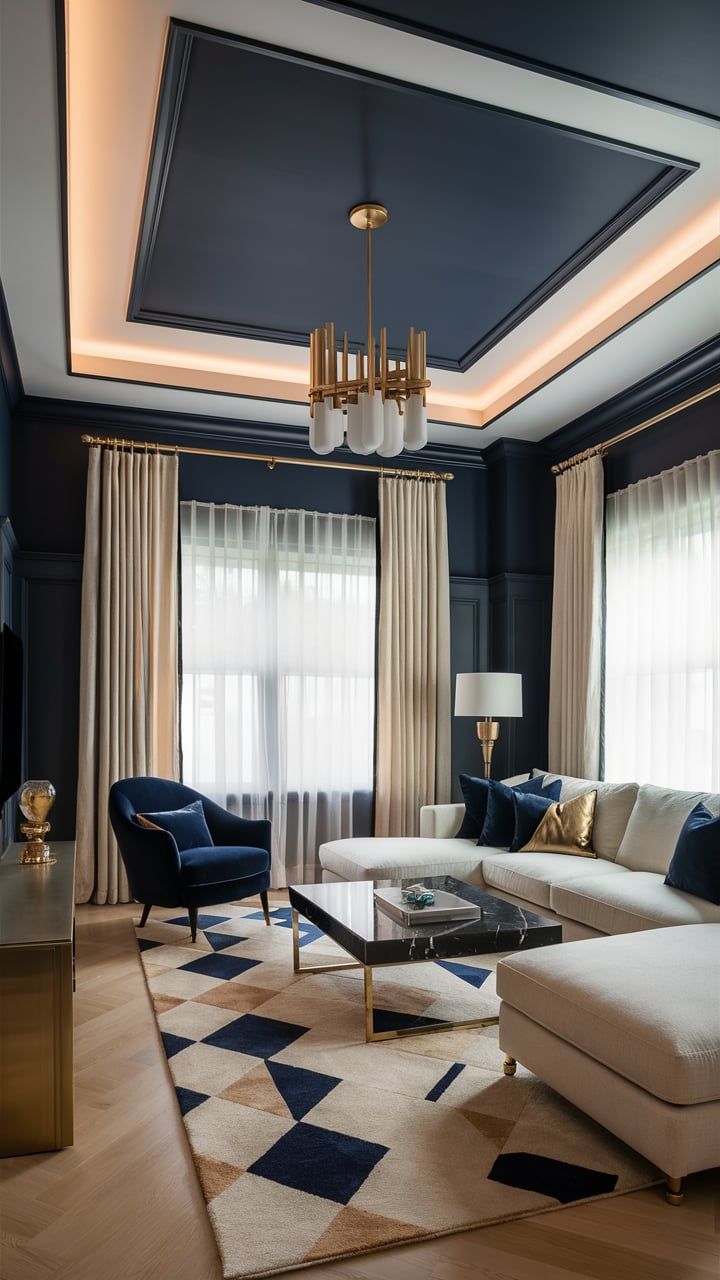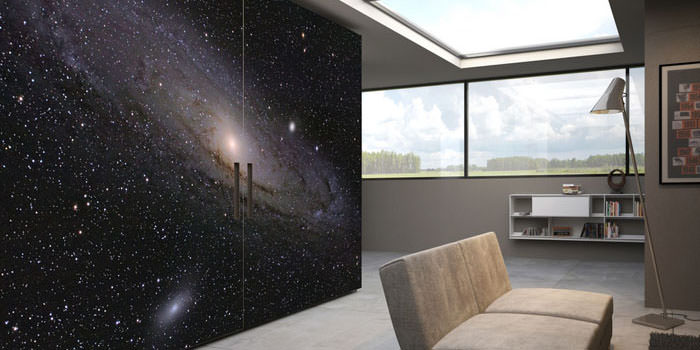
The 5 Secrets of Minimal Design
Minimal design isn’t about having less—it’s about making room for what truly matters. In a world full of clutter, minimalism offers clarity, calm, and purpose. As Antoine de Saint-Exupéry said, “Perfection is achieved not when there is nothing more to add, but when there is nothing left to take away.”
One of the secrets of minimal design is intentionality. Every element in a minimal space serves a purpose. From a single chair to a bare wall, nothing is random. This careful selection avoids visual noise and creates a peaceful environment that promotes focus and calm.
Another key is clean lines and simple forms. Minimal spaces avoid unnecessary ornamentation. Furniture and decor are sleek, functional, and timeless. “Simplicity is the ultimate sophistication,” Leonardo da Vinci once said, capturing the elegance that minimalism brings through restraint.
Neutral colors also play a vital role. Whites, grays, and earthy tones create a sense of balance and openness. These palettes allow light to flow freely, making spaces feel more expansive. When color is used, it’s often with purpose—like a single accent to add personality without overwhelming.
Space itself becomes a design element. Empty areas are just as important as the objects within them. Negative space lets each piece breathe and gives the eye room to rest. As Japanese architect Tadao Ando noted, “Space only becomes complete when it is detached from clutter.”
Finally, quality matters more than quantity. Minimal design values craftsmanship over excess. A single well-made piece can define a space more effectively than a room full of items.
At its core, minimalism is not about coldness or restriction, but about living with intention. It creates spaces that are calm, thoughtful, and deeply personal—proving that less truly can be more.

